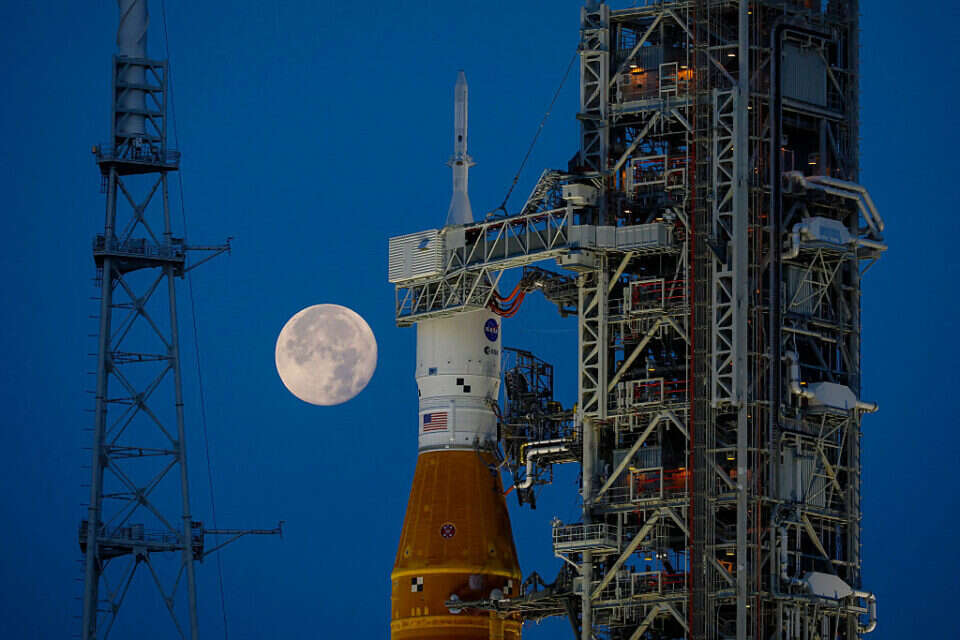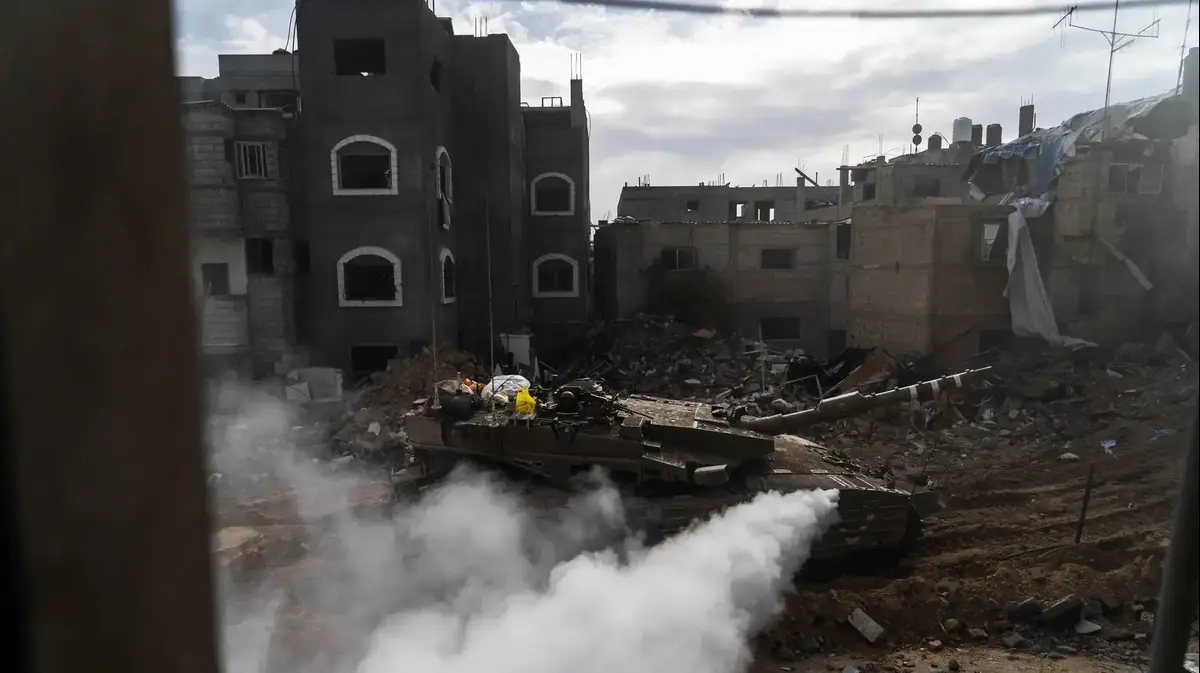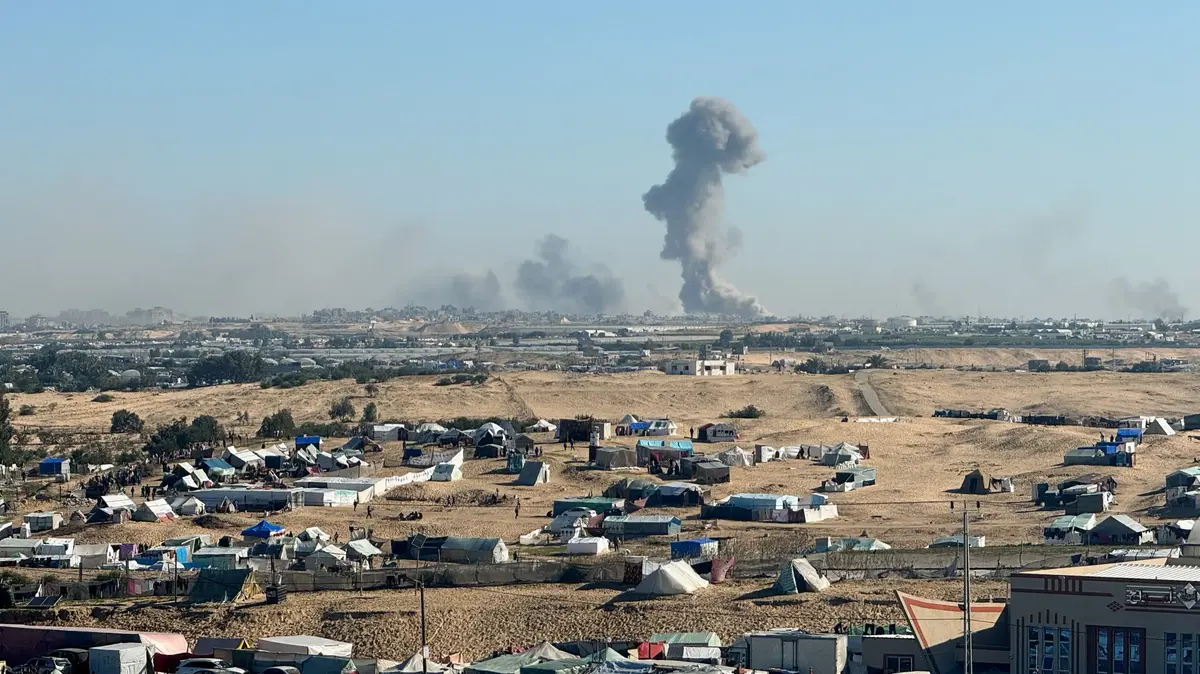More than 50 years after the last man walked on the moon, an international project, in which Israel also participates, is expected to fly humans back to the only celestial body that circles the earth.
The project, which is led by the American space agency NASA, is responsible for Jim Perry, who participated in the international space conference named after Ramon, led by the Israeli Space Agency in the Ministry of Innovation and Science. Perry, along with about 3,000 employees and a budget of about seven billion dollars, is in charge of a project Sending humans to the moon for the first time since the Apollo project that was carried out in the 60s and 70s.
will return man to the moon.
Jim Perry, photo: Yehoshua Yosef
"In the Apollo project, humans visited the museum's souvenir shop, in Artemis we discovered the museum itself," Perry explains about the difference between the missions.
In addition to sending astronauts to the moon, the goal is also to establish a space station around it that will investigate the possibility of sustaining human life outside the earth.
In the long term, the project should lay the foundations for launching a manned spacecraft to Mars.
Mr. Perry, it was recently reported that China has found a mineral on the moon that can be used as fuel to produce energy in nuclear fusion. What materials are you looking for on the moon?
"As part of the race for water on the moon, we observed with the help of telescopes a spacecraft that we sent with the goal of colliding with it, and we found ice. In the next phase, beginning this year, commercial project vehicles will land on the moon and drill on it. In the third phase, teams that will land on the moon will continue drilling at the south pole and bring back with them Samples for the Earth. We can use the water we find, break it down into oxygen and nitrogen and produce energy with it."
The return to the moon, photo: GettyImages
The Netflix series about the Challenger crash highlighted the risk of reusing parts that have already flown into space. What are you doing to prevent further disasters?
"We are currently examining the Artemis 1 spacecraft to understand what happened to it, especially how the heat shield functioned. We are an organization that is constantly learning. Both Challenger and Columbia were the result of technical failures caused by organizational failures. My job as manager is to make sure that the problems These will not return."
How do you do that? In Israel, for example, everyone talks to everyone, and that's how information flows.
"I wasn't aware that this is how it is in Israeli culture, and it's great. As for me, I think of myself as Jim, not as my role. After the Columbia disaster, we created a process that allows people who disagree with certain decisions to express a different opinion, and we undergo training for this Every year. As leaders, we need to proactively ask to hear other opinions."
A big step towards reaching the moon: the "Orion" spacecraft has successfully completed its mission // Credit: Reuters
He owes them a huge debt
On board Artemis 1 was also an Israeli ambassador - the "Stemrad" space suit, which was designed to protect astronauts from the dangerous radiation and solar storms that prevail at an altitude of more than 2,000 km above the Earth's surface.
Explain to us about your dealings with the dangers of radiation in the project.
"Radiation is one of the greatest dangers for humans in space. We protect them with space suits and also with shielding the spacecraft. The risk exists in any case, and we try to reduce it to a minimum. In the end, we want to fly humans to Mars - but also to return them from there." .
Usually the focus is on the astronauts, but certainly besides them there are other heroes in the story.
"Ahead of the launch of Artemis 1, there was a nitrogen leak in the mobile launcher. A team called 'Red Team' repaired it at great risk, and I will forever owe them a huge debt. I am especially proud of the engineer who knew how to locate the source of the leak, so that we could know from the beginning where to send the team. He is the one who ultimately allowed us to take off."
were we wrong
We will fix it!
If you found an error in the article, we would appreciate it if you shared it with us









/cloudfront-eu-central-1.images.arcpublishing.com/prisa/637CACUX5L6LSAVALJA2TRYTGU.jpg)





